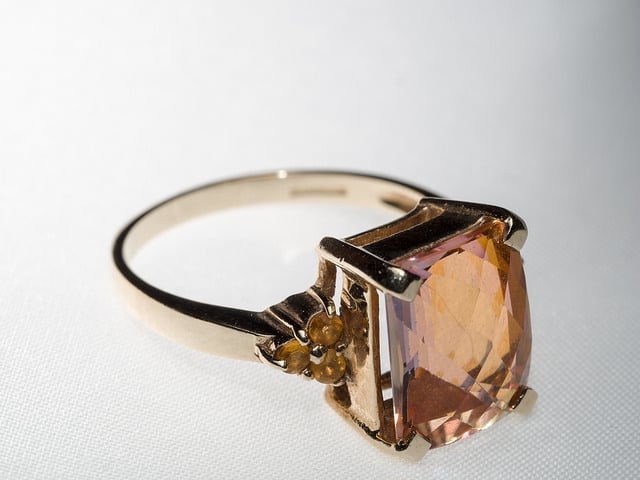A Simple Method for Transposing Faceting Angles
Can something akin to a slide rule help novice faceters today with transposing faceting angles from published gem designs? Check out the calculation-free nomogram method.
5 Minute Read
Conversion Methods and Their Shortcomings
One of the first problems beginning faceters encounter is converting published faceting designs to forms suitable for materials besides quartz. Virtually all published designs use angles optimized for quartz. Since other materials have different refractive indices and critical angles, they require cutting their facets at different angles. These must differ from the original design in order to optimize optical performance or avoid a “fish eye” stone.
One of the simplest conversion methods requires adding or subtracting a fixed number of degrees from the design angles. You can follow published tables of recommended angles for crown and pavilion mains for different materials.
For example, to convert a design from quartz angles to topaz, check such a table. You find that quartz pavilion mains are cut at 43° and topaz at 39°. So, subtract 4° from the quartz pavilion angles in the original design to obtain the topaz pavilion angles. For every facet in the design, simply repeat this subtraction. Thus, to convert a set of facets cut at 57° in the original quartz design, cut them 4° lower, at 53°, for topaz.
I began to use this…
Related Articles
Radiant Antique: Faceting Design Diagram
Step’in “C”: Faceting Design Diagram
Omen: Faceting Design Diagram
The White Paper Test and Rough Gem Buying
Latest Articles
800 Years of Mogok: A Celebration in Tenuous Times
What is the Average Gemstone Faceting Yield?
Pyroxmangite Value, Price, and Jewelry Information
How to Identify Emerald Simulants and Synthetics
Never Stop Learning
When you join the IGS community, you get trusted diamond & gemstone information when you need it.
Get Gemology Insights
Get started with the International Gem Society’s free guide to gemstone identification. Join our weekly newsletter & get a free copy of the Gem ID Checklist!
